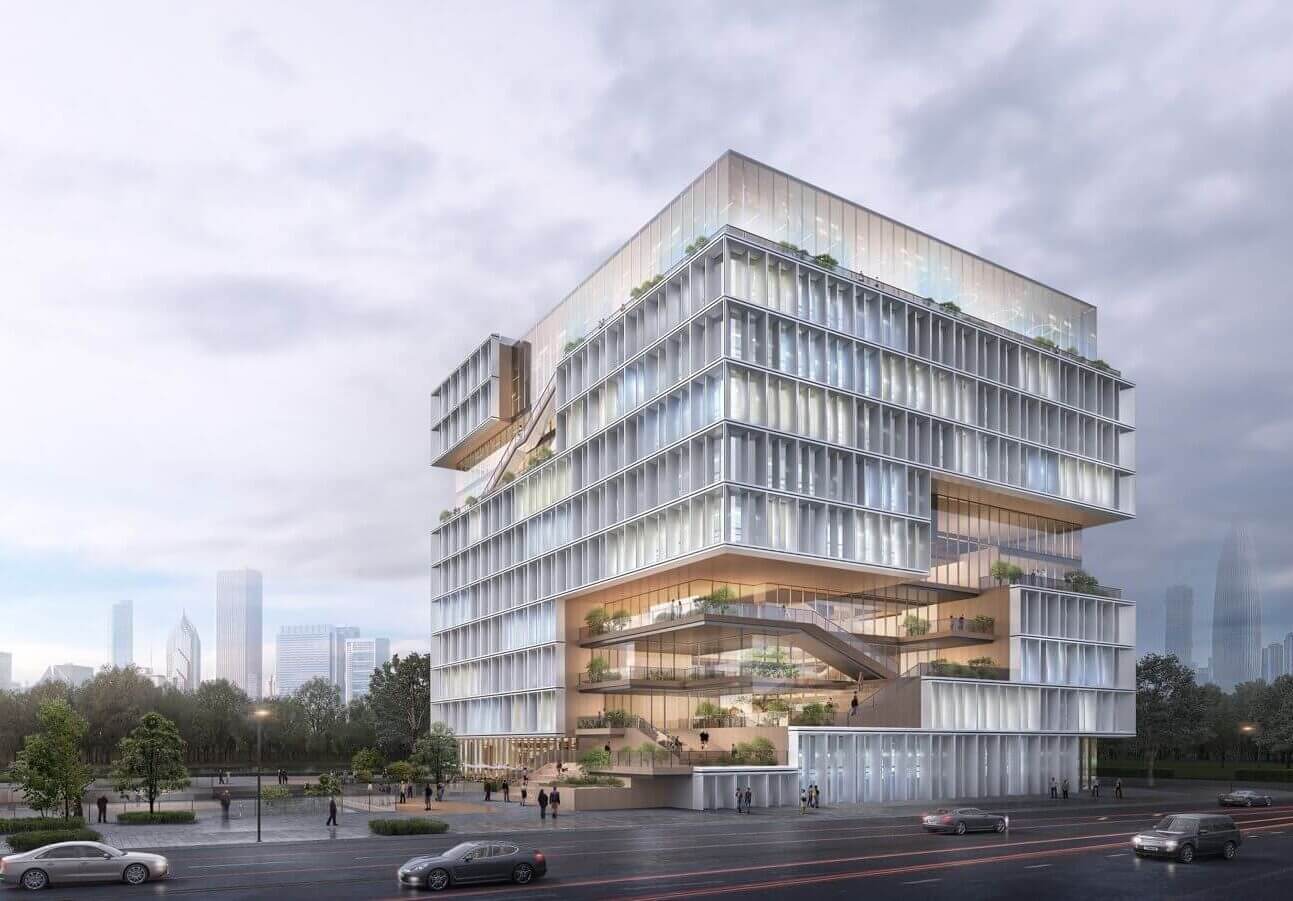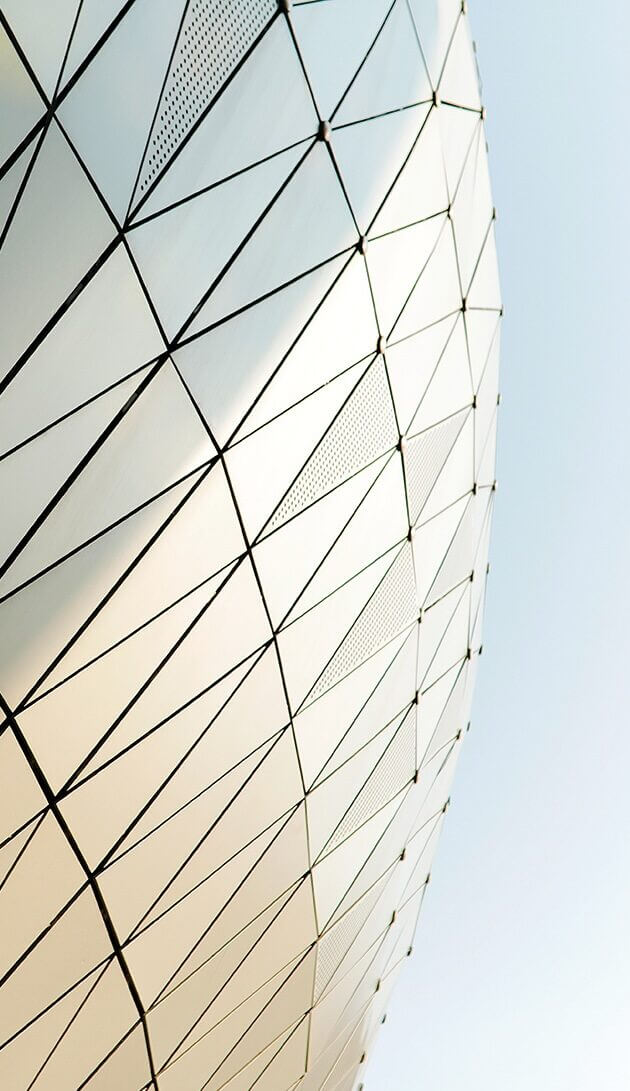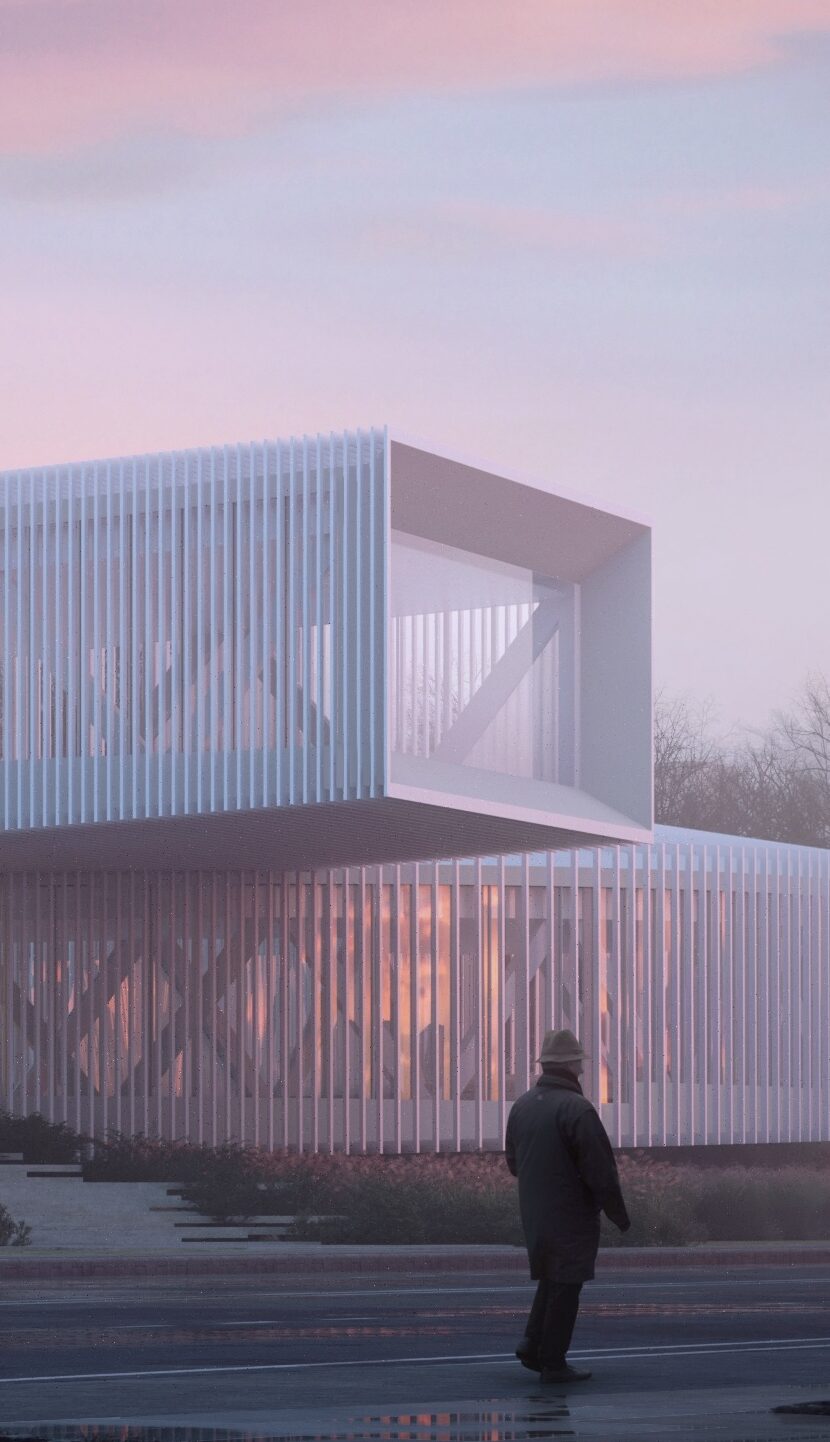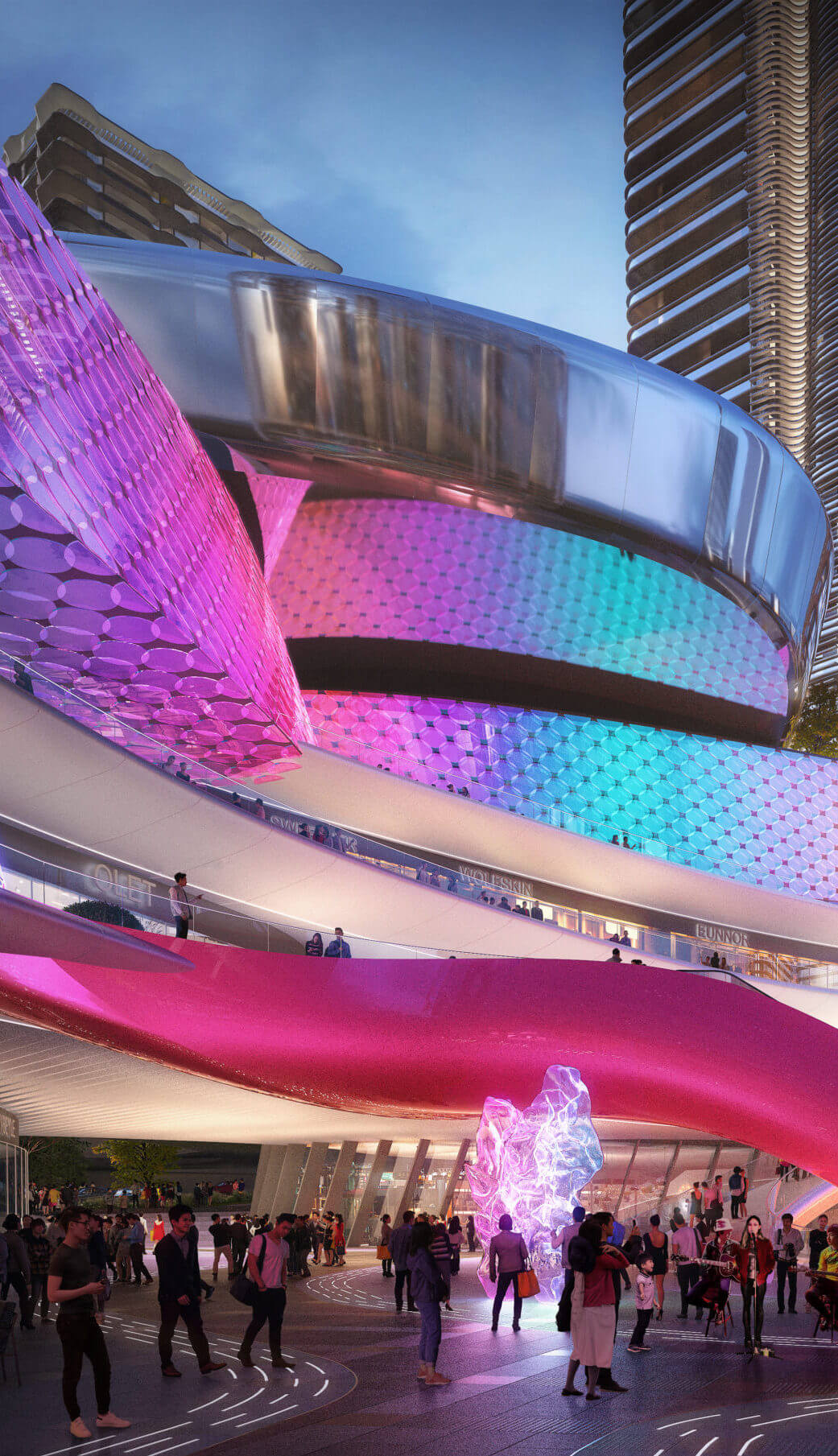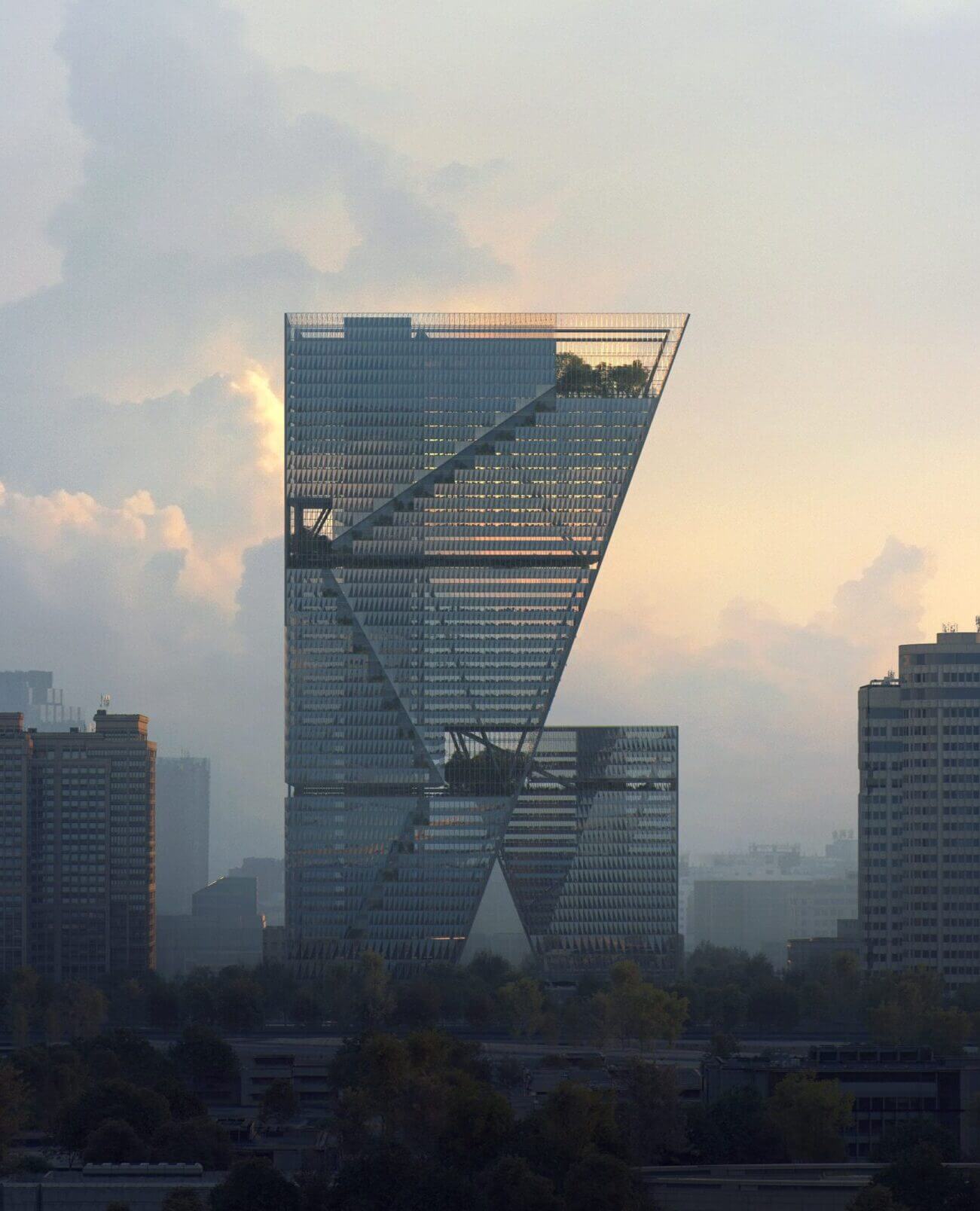
In contemporary urban planning, vertical communities, density, and sustainability are integral concepts that intertwine to shape the future of our cities. Resilient vertical urbanism is a new paradigm in shaping the future of cities- blurring the boundaries between buildings and cities and creating vertical communities: imagining within a wide perspective on what makes a great city —great places to live, great places to shop and eat, viable business preferably close to where you live, schools, culture and entertainment, green parks and open spaces and well-connected public transit.
What are Vertical Communities?
Vertical communities are high-density living spaces contained in the multi-story structure. These structures often include residential, cultural, commercial, and communal spaces, creating a comprehensive living environment for inhabitants.
The Role of Density
Density in urban planning refers to the number of people occupying a given area. High-density living, as seen in vertical communities, can lead to efficient use of resources, reducing the urban footprint.
Sustainability through Vertical Communities
Sustainability, the goal of meeting today’s needs without compromising future generations, is a critical aspect of urban planning. Vertical communities play a significant role in achieving sustainability in urban settings.

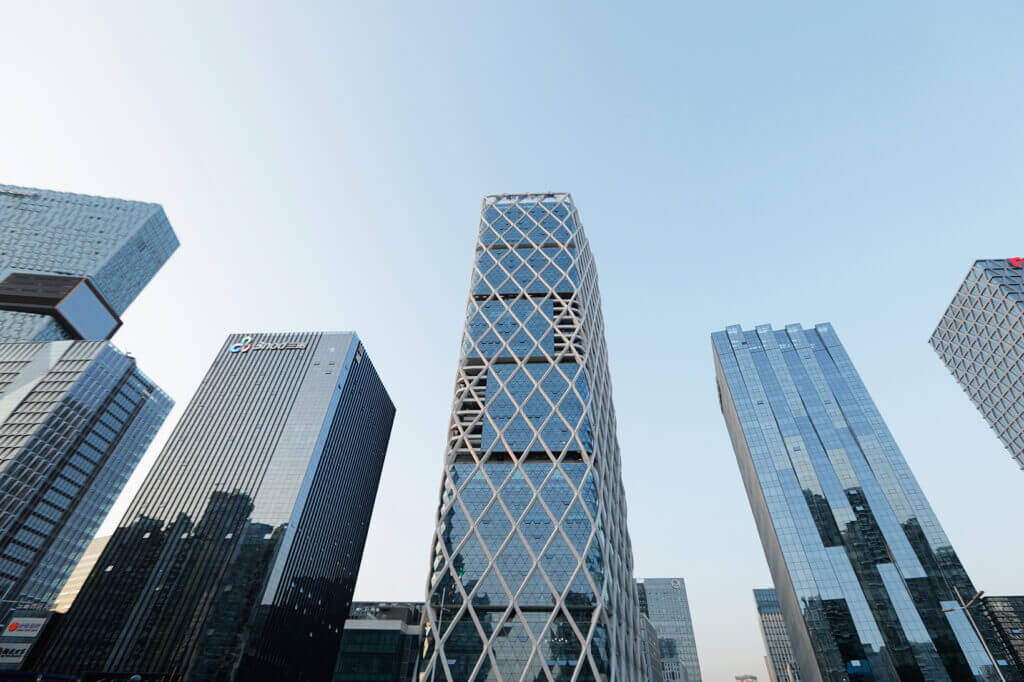
Efficient Land Use
Vertical communities make efficient use of land, a limited resource in many cities. By building upwards, more people can live and work in a smaller area, reducing the need for urban sprawl and preserving natural landscapes.
Reduced Transportation Needs
With residential, commercial, and communal spaces in close proximity, vertical communities can significantly reduce the need for long-distance commuting. This can lower the overall carbon footprint and contribute to cleaner air.
Resource Efficiency
High-density living can lead to more efficient use of resources such as energy and water. Shared infrastructure in vertical communities, such as heating and cooling systems, can be more energy-efficient than individual systems in detached homes.
Vertical Public Realm
Vertically connected public realm integrated into commercial developments offers great potential for contributing to a city’s economy, vitality and public interaction. Inventive functional mix can include vertical farming, vertical educational facilities, culture, healthcare, and vertical public realm systems integrating with the public transportation system. However, it brings challenges in terms of planning, morphology, and technology. Reviewing public policies, urban development strategies, and developers’ economic and financial drivers, within a framework of aligning with the overall climate challenge initiative of carbon reduction, our design proposals focus on looks generating design strategies and solutions that would create a resilient and connected urban community.
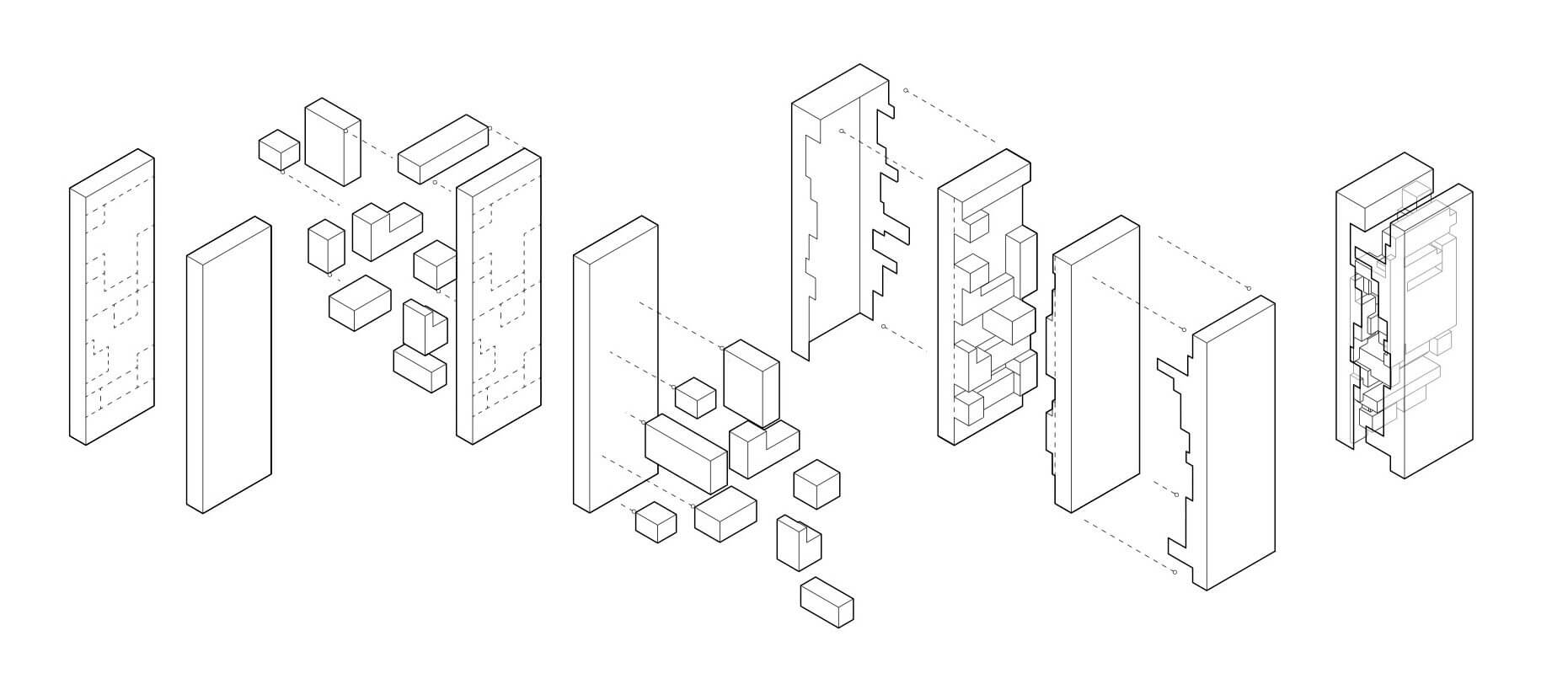
Conclusion
Vertical communities offer a promising solution to the challenges of urban density and sustainability. By promoting efficient land use, reducing transportation needs, and optimising resource use, they can help create sustainable, liveable cities for the future. Furthermore, looking at Resilient Vertical urbanism as a framework for the evolution of the future of cities and the notion of hyper-density and verticality pointing towards a sustainable and ecological foundation in the future of a healthy and inclusive city, maximising the vertical dimension in hyper-density cities to create a connected vertical community.



